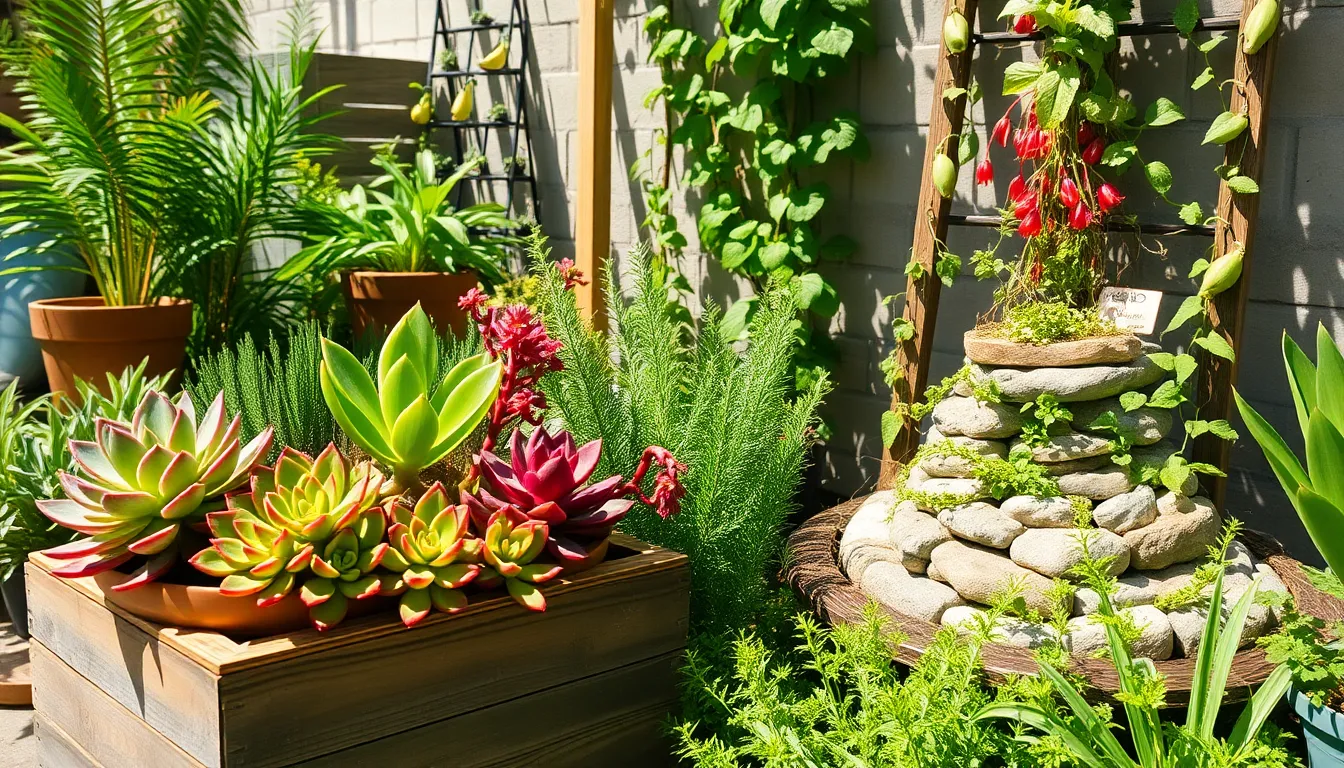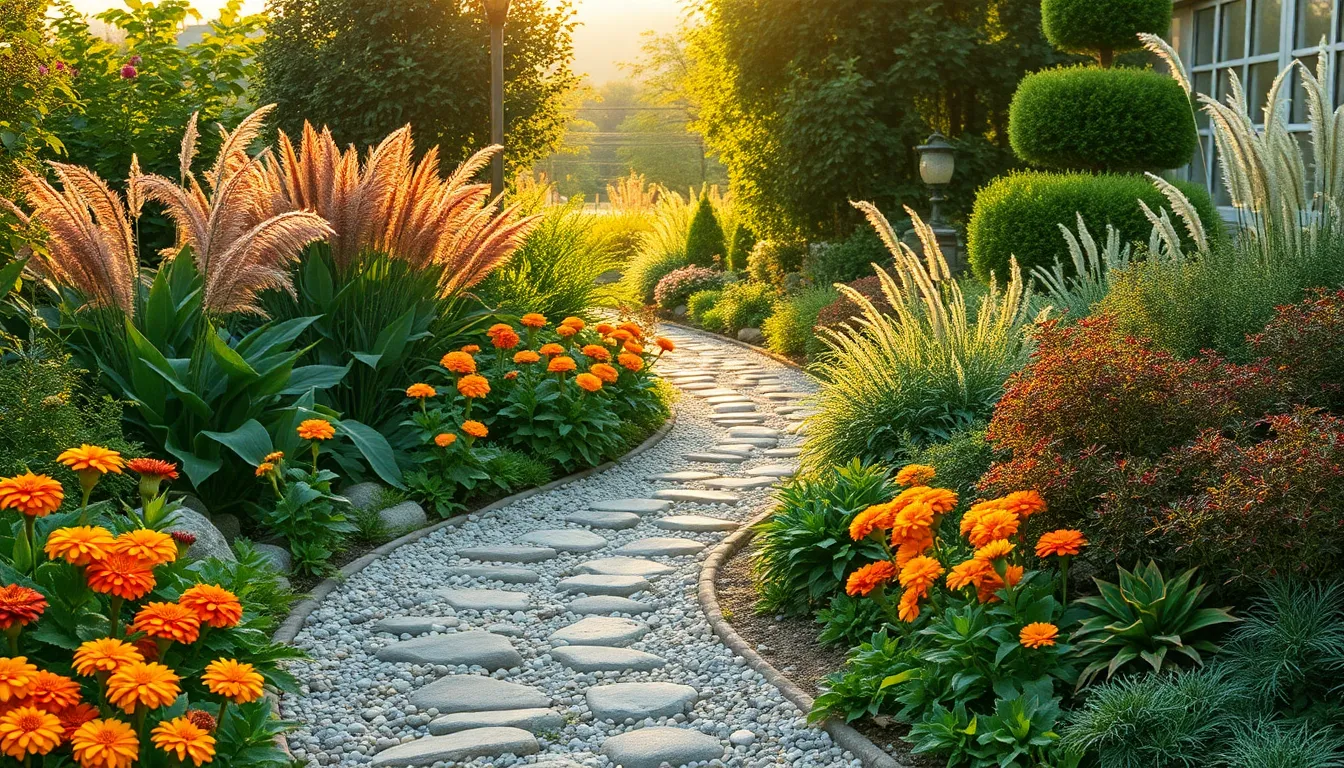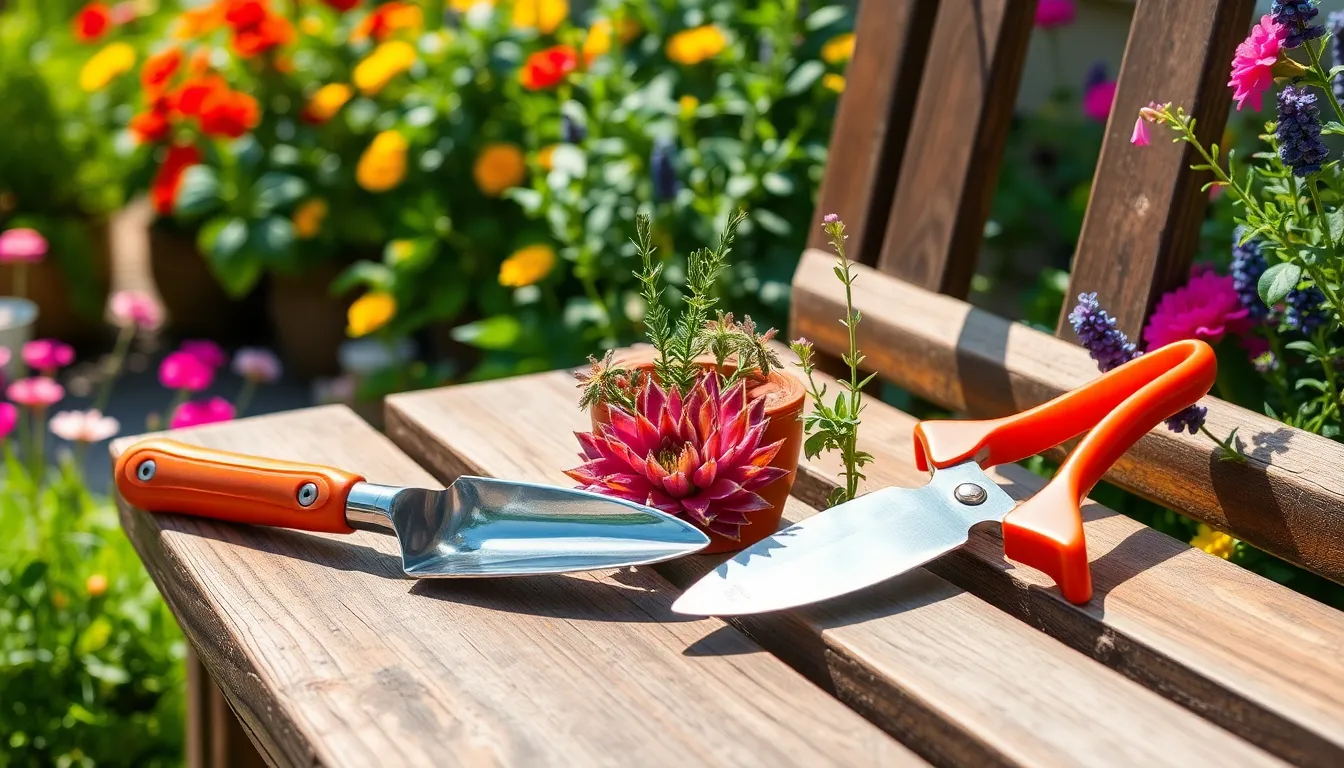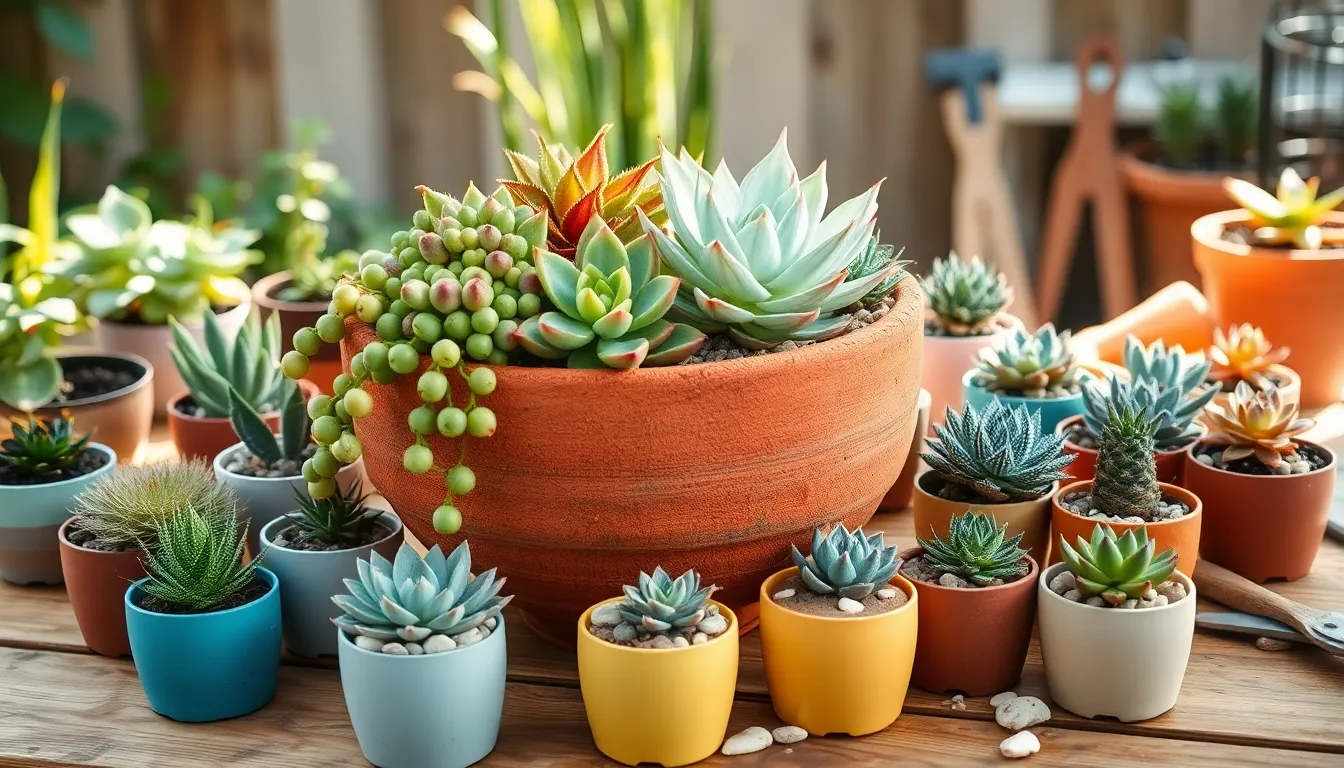In a world where every green step counts, transforming your garden into a sustainable haven is not just an admirable goal but a rewarding journey. Whether you’re nurturing your very first potted plant or you’ve created a lush landscape over the years, making eco-friendly choices in your gardening practices can make a significant difference to the environment and your own well-being.
Gardening sustainably goes beyond just reducing waste; it’s about embracing nature’s rhythms and creating a thriving ecosystem right in your backyard. This article will guide you through practical steps to reduce your garden’s carbon footprint, conserve resources, and support biodiversity, ensuring your garden flourishes season after season.
You’ll discover how simple changes, like choosing the right plants and adopting water-wise techniques, can enhance your garden’s sustainability without sacrificing beauty or productivity. We’ll also delve into the benefits of composting, natural pest control, and the joys of building soil health, all designed to empower you with knowledge and skills to cultivate a garden that gives back to the earth. Join us on this exciting path toward a greener, more sustainable garden that supports both your lifestyle and the planet.
Select Native Plant Species
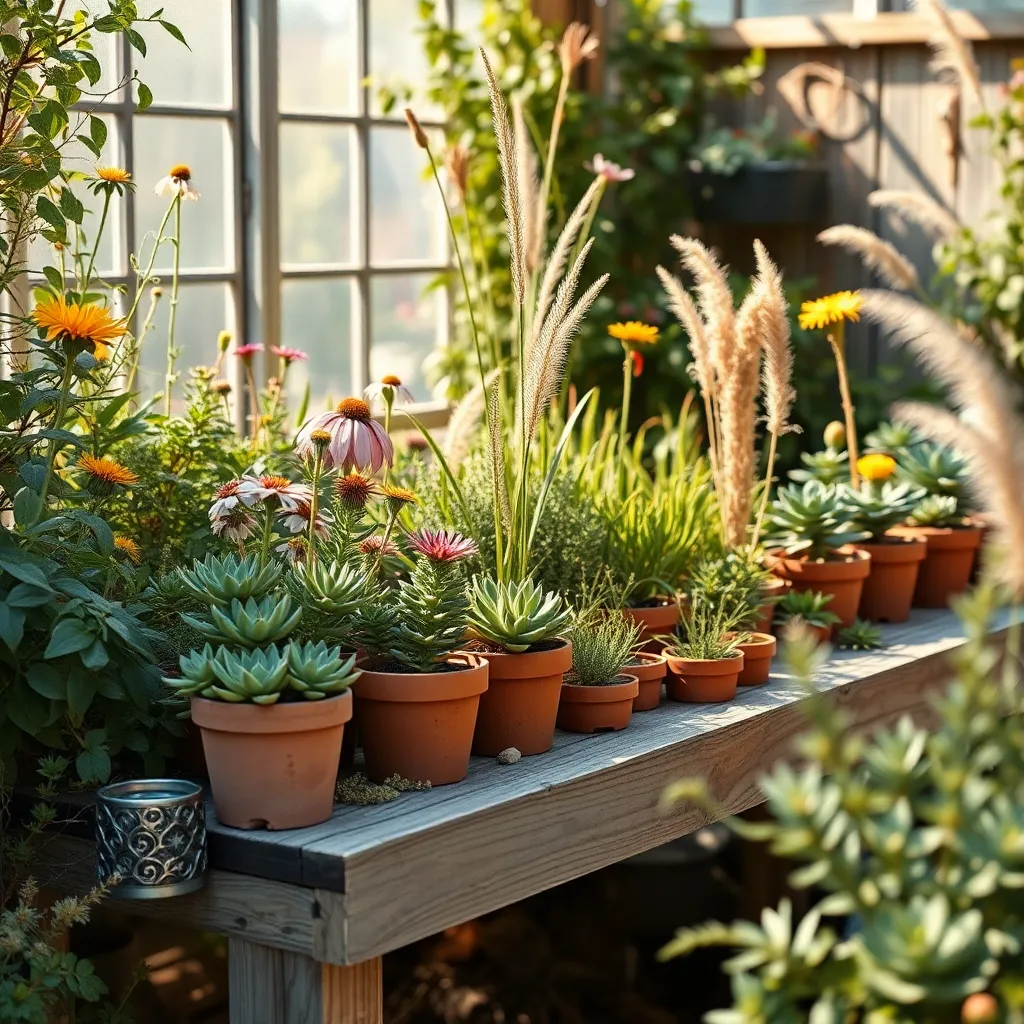
Choosing native plant species for your garden is a powerful way to enhance its sustainability. Native plants are adapted to the local climate, soil, and pests, which means they typically require less water, fewer fertilizers, and minimal pest control.
To get started, identify plants that are native to your region by consulting local gardening centers or online resources. Once you have a list, consider the specific soil and light requirements of each plant to ensure they match your garden conditions.
Many native plants thrive in a wide range of soil types, but for best results, you might need to amend your soil with organic matter. This ensures the plants have the nutrients they need while improving soil drainage and aeration.
Watering needs for native plants can vary, but a general rule is to water deeply and less frequently to encourage deep root growth. Using a layer of mulch can help retain moisture and reduce the need for frequent watering.
For advanced gardeners, consider creating a natural habitat by incorporating a variety of native species that bloom at different times. This not only provides visual interest throughout the year but also supports local wildlife, such as pollinators and birds, by offering them a continuous food source.
Implement Water-Saving Techniques
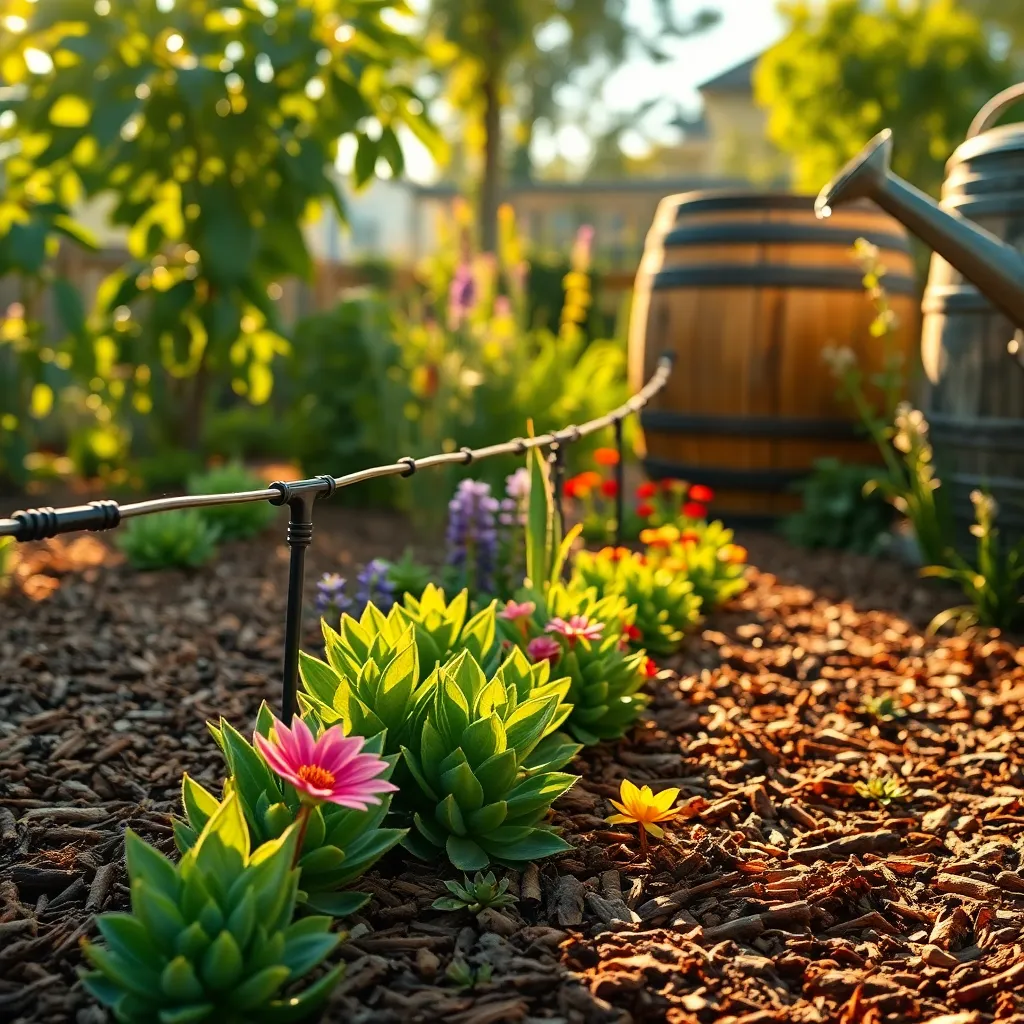
Conserving water in your garden doesn’t just save on utility bills; it also helps protect the environment. Mulching is an excellent technique that reduces evaporation, keeping soil moist longer between watering sessions.
Consider using drip irrigation systems that deliver water directly to the base of plants, minimizing waste. These systems are not only efficient but also easy to install and can be tailored to fit gardens of any size.
To further enhance water efficiency, group plants with similar watering needs together. This method prevents overwatering of some plants while ensuring others receive the moisture they require.
Collecting rainwater in barrels is another effective way to reduce dependency on municipal water. Install barrels under downspouts to capture runoff, which can be used to water your garden during dry spells.
Create a Composting System
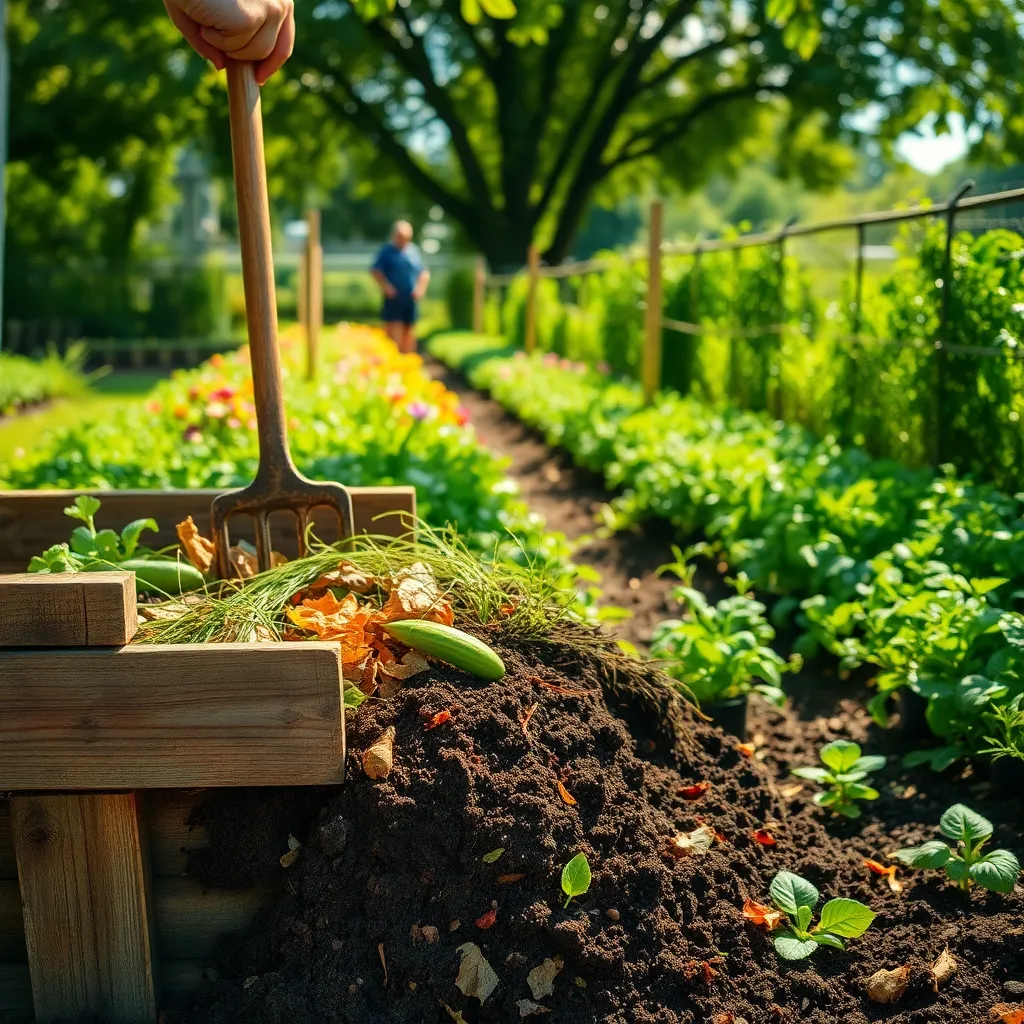
Creating a composting system is an excellent way to reduce waste and enrich your garden soil naturally. Start by choosing a location for your compost bin that is convenient but not too close to your home, as this will help with accessibility and potential odor issues.
To begin composting, gather a mix of “green” and “brown” materials. Green materials include grass clippings, vegetable scraps, and coffee grounds, while brown materials consist of dry leaves, straw, and shredded paper.
Layer these materials in your compost bin, maintaining a ratio of approximately three parts brown to one part green to balance nitrogen and carbon. Keep the compost moist but not soggy, and turn it regularly with a pitchfork to aerate and speed up decomposition.
For faster results, chop larger materials into smaller pieces before adding them to the pile. You can also sprinkle a small amount of garden soil or a compost starter on each layer to introduce beneficial microorganisms that aid in decomposition.
As your compost matures, it will transform into a dark, crumbly substance that is rich in nutrients. This finished compost can be used to improve soil structure, retain moisture, and provide essential nutrients to your plants, promoting a healthier and more sustainable garden.
Utilize Organic Pest Control
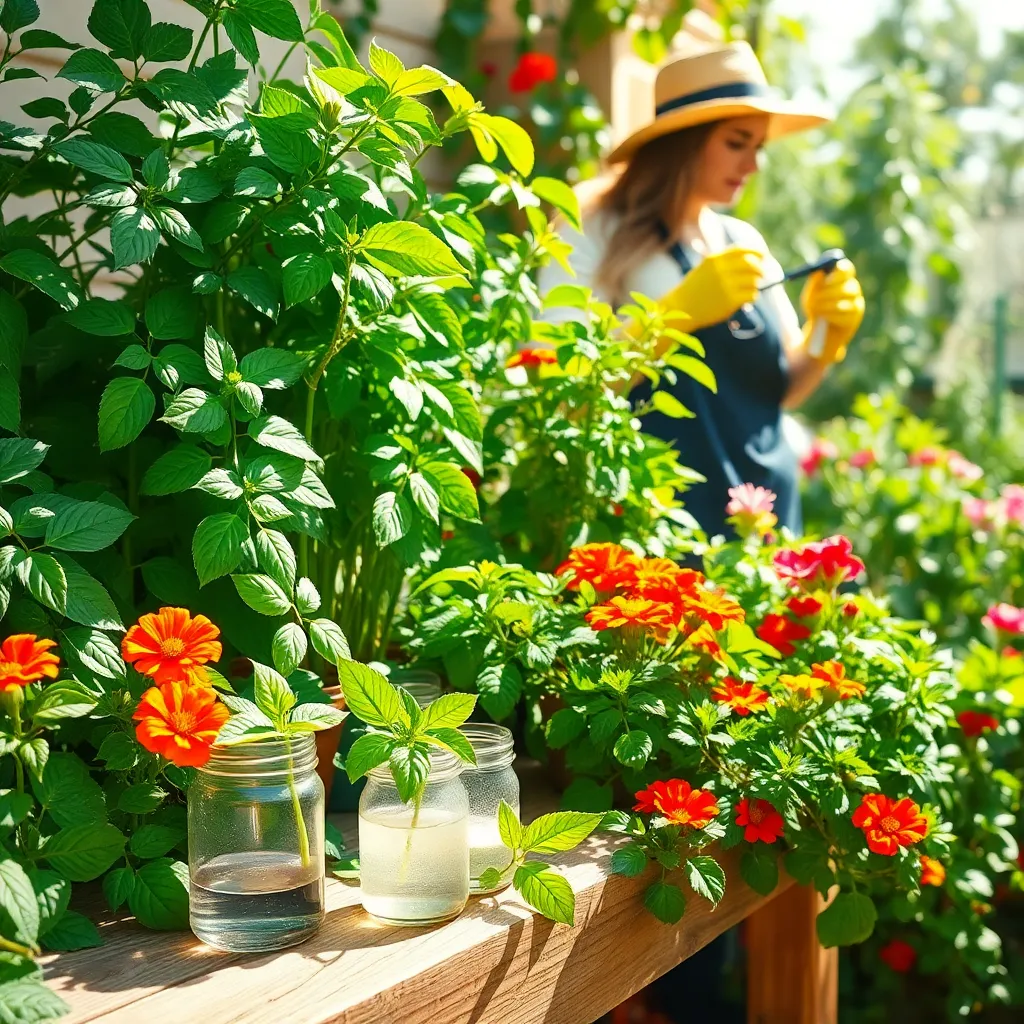
Organic pest control is a cornerstone of sustainable gardening, allowing you to protect your plants without harming the environment. One effective method is introducing beneficial insects, such as ladybugs and lacewings, which naturally prey on common garden pests like aphids and mites.
Another approach is using natural repellents made from household ingredients. For instance, a simple spray made from garlic and water can deter a variety of pests, providing a safe and eco-friendly alternative to chemical pesticides.
Maintaining healthy soil is also crucial, as robust plants are less susceptible to infestations. Enriching your soil with organic matter, such as well-rotted compost, not only boosts plant health but also encourages beneficial microbes that can outcompete harmful organisms.
For more advanced gardeners, crop rotation can be an effective strategy to disrupt pest life cycles. By changing where you plant specific crops each season, you make it difficult for pests to establish themselves in your garden.
Incorporate Vertical Gardening Solutions
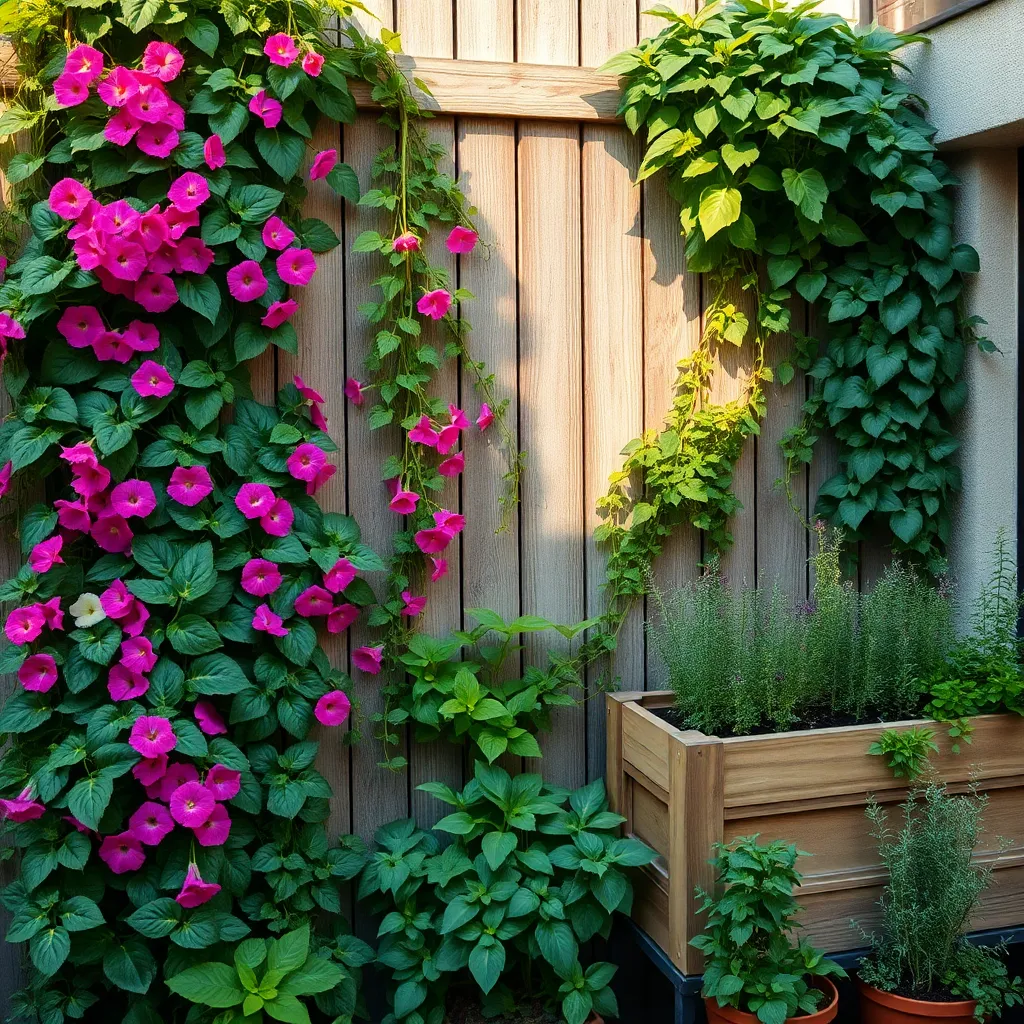
Vertical gardening is a fantastic way to maximize space while enhancing garden sustainability. By growing plants vertically, you can make the most of small areas and reduce the need for additional land. Consider using structures like trellises, wall planters, or hanging pots to support your vertical garden. These solutions are not only space-efficient but also allow for better air circulation, reducing the risk of plant diseases.
Start by choosing the right plants for vertical growth, such as climbing beans, peas, or cucumbers. These plants naturally thrive when given the support to climb. For a more advanced approach, try integrating a hydroponic system to supply nutrients directly to the roots. This method can significantly reduce water usage, making your garden more sustainable.
When setting up your vertical garden, ensure the structures are sturdy enough to support the weight of mature plants. Regularly check for stability, especially after storms or strong winds. Use quality soil that retains moisture but drains well, such as a mix of compost and peat moss. This combination will provide your plants with necessary nutrients while preventing root rot.
Remember to water your vertical garden more frequently than traditional beds, as elevated plants can dry out faster. Drip irrigation systems can be an effective solution to ensure consistent moisture levels. Finally, tailor your plant selection to the light conditions your vertical garden will experience. For example, choose shade-tolerant plants like ferns and hostas for lower light areas, while sun-loving varieties like tomatoes and peppers will thrive in full sun.
Conclusion: Growing Success with These Plants
In nurturing the relationship between your garden and the environment, we’ve explored five key concepts: choosing native plants to foster local ecosystems, adopting water-wise gardening to conserve precious resources, composting to enrich soil and reduce waste, embracing natural pest control to protect beneficial insects, and rotating crops to maintain soil health. Each of these strategies not only enhances the sustainability of your garden but also deepens your connection to nature.
As your immediate next step, consider selecting one native plant to incorporate into your garden this week. This small action can begin a journey toward a more sustainable and vibrant garden.
Remember, your garden’s health mirrors the vitality of your relationship with the environment. By saving or bookmarking this article, you arm yourself with essential tools and insights that can guide your sustainable gardening efforts in the future.
Looking ahead, integrating these practices can lead to flourishing landscapes and a more profound appreciation for the delicate balance of life. With every sustainable choice, you’re contributing to a healthier planet, nurturing not only your garden but also the relationships that sustain it. Keep this guide close as you cultivate a greener, more harmonious future.

